Original title: "DePIN - A New Paradigm in Crypto"
In the current digital era, the development of decentralized physical infrastructure network (DePIN) The concept is attracting more and more attention. DePIN not only represents a new network architecture concept, but also provides a platform for innovation in storage, computing, artificial intelligence, wireless networks and other fields. Through the token incentive mechanism, DePIN stimulates users' enthusiasm to contribute and provide value to the network. At the same time, it shows obvious advantages in resource efficiency, lowering barriers to entry, and decentralization.
Recently, several projects based on the DePIN concept have emerged, showing great potential and innovation in fields such as decentralized storage and computing. In addition to Filecoin, Helium, Shadow Token and other projects opening up new application scenarios, they also provide powerful case studies for the practical application and development of decentralized networks. The success of these projects fully demonstrates the practicality and innovation of DePIN.

DePIN (Decentralized Physical Infrastructure Networks, decentralized physical infrastructure network) is a term proposed by Messari, which refers to networks that aggregate and provide services or resources to users, ultimately matching the supply and demand of specific resources. . This concept covers two categories: physical basic network and digital resource network. Under these two categories, it also includes storage, computing, artificial intelligence, wireless networks, imaging and map production and other fields. The DePIN protocol uses a token reward mechanism to motivate and motivate users to contribute and provide value to the entire network. Word Count: 96
DePIN protocol has advantages in several aspects:
1. Resource efficiency: Providers with underutilized assets can “rent” these resources to other consumers, ensuring Idle resources are not wasted.
Reducing the entry threshold through DePIN effectively lowers the entry threshold for obtaining certain resources. For example, imagine if there is a need to perform a task using some specific GPUs, which are not readily available on the open market, users can easily "rent" computing power from a suitable provider without having to worry about purchasing hardware components.
3. Decentralization: Users of the service do not have to worry about the downtime faced by centralized entities.
According to data on CoinGecko, the market capitalization of the DePIN category witnessed a 35% growth in the space, showing its strong performance and room for future growth.
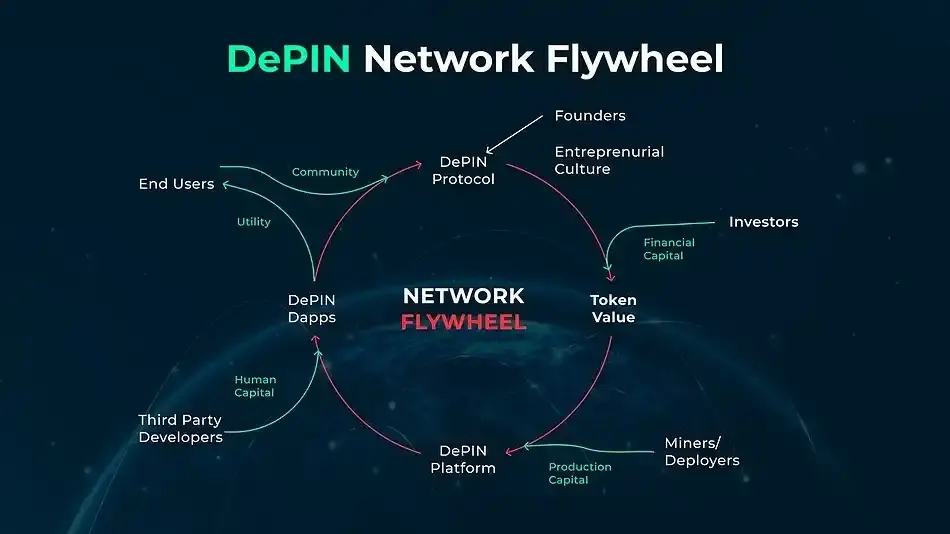
According to information from CoinGecko, DePIN allows facilities to grow capacity in a more flexible manner. Networks can add resources without increasing the capacity of each resource. This provides good flexibility and facilities built using this system can easily scale up or down based on demand. Blockchain can also control available resources and ration demand.
In times of low demand, some providers may experience lower workloads. In high demand situations, the network can reactivate dormant resources, add more instances, and increase the capacity of the entire network without any changes. Depending on available dormant resources and DePIN's provisioning system, a system like this can be infinitely scalable.
Like DeFi, DePIN is also decentralizing the infrastructure system, shifting from enterprises to individuals collectively investing resources to build facilities. The system distributes control of the facility to different providers, similar to miners in a PoW network.
DePIN is like a DAO in the industry. Everyone in the system contributes resources and has relative control rights based on their capabilities. In a system where every provider has equal capabilities, DePIN becomes a decentralized system or almost decentralized.
DePIN’s pricing model is different compared to traditional facilities. Factors affecting pricing models include private providers' costs of operating their respective facilities and other network-related factors. The additional charges for the platform may be less as it does not cost the platform itself anything to provide these facilities.
Overall, DePIN’s pricing model is expected to be cheaper, and pricing is expected to be fair as it takes into account fundamental factors without unfair price inflation, which is often the case with operations operated by centralized institutions. facilities associated. For a system driven by people, DePIN is also more likely to have affordability in mind in its pricing model, rather than as a business.
DePIN Networks cost almost nothing to set up and providers have great flexibility in offering services. For example, a provider can submit its facilities to multiple networks. Users also pay fair prices for the services they receive from the network. DePIN aims to provide the best possible service at the lowest possible cost, providing a cost-effective system.
Anyone can contribute their resources to DePIN. On the user side, anyone can also access the services provided by DePIN. There is no price haggling or user screening for these services. Once a provider has the required infrastructure, they can run a provider-side account on DePIN, just like anyone can deploy a liquidity pool on a DEX or easily obtain a loan from the money market.
Incentives are an important tool for DePIN. For providers, they offer a passive or active income opportunity depending on how DePIN works. Individuals can also build income streams primarily from DePIN. Projects like Nunet hope to reduce the amount of dormant computing resources through its AI-powered marketplace for computing power. Providers can earn revenue from facilities that would otherwise go unused.

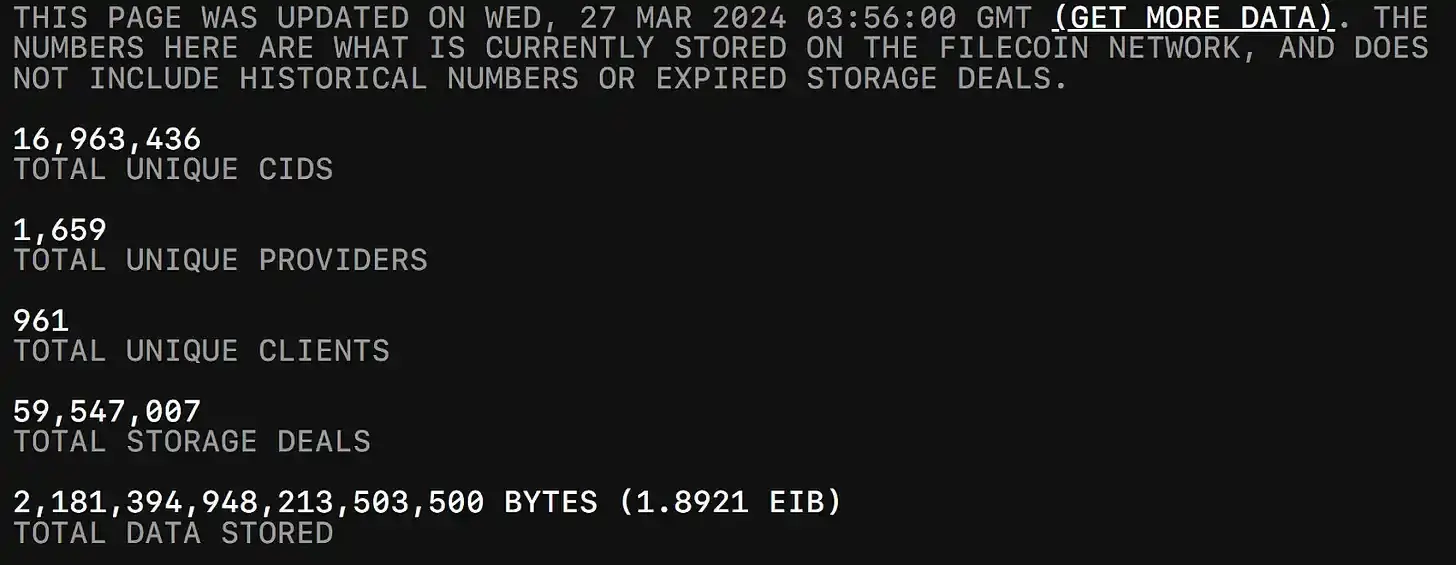
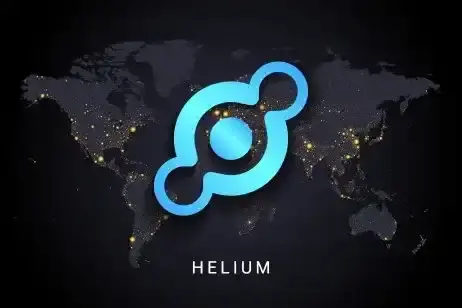

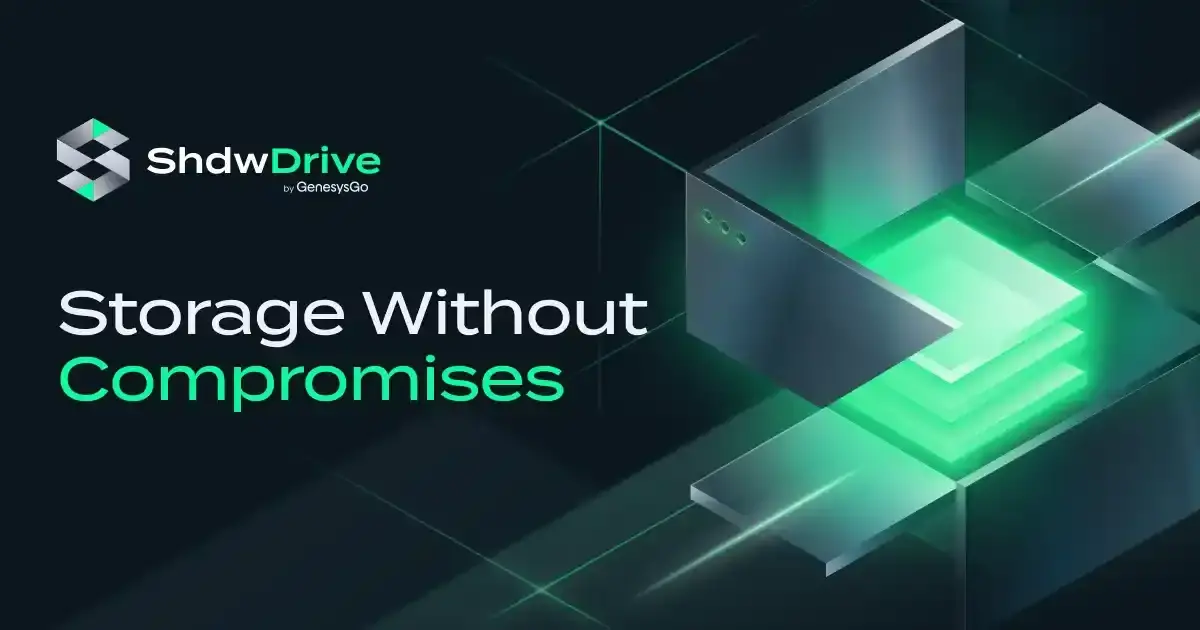
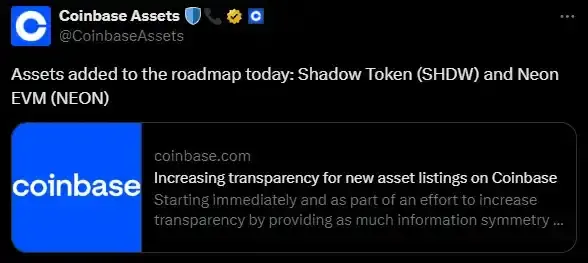
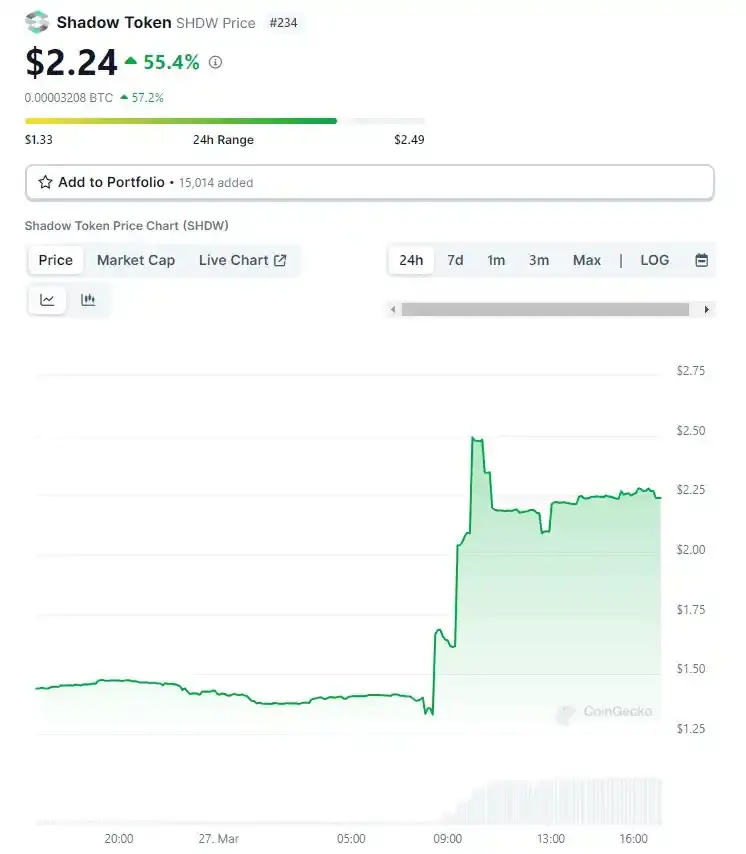
Aethir Cloud is a new cloud computing protocol entering the market that will become a new competitor to current decentralized computing giants such as Render and Akash. Aethir is a decentralized platform and aggregator of computing processing power. Aethir connects providers of this computing power with users and consumers who need to use GPU hardware for diverse applications such as AI, ML and cloud gaming.
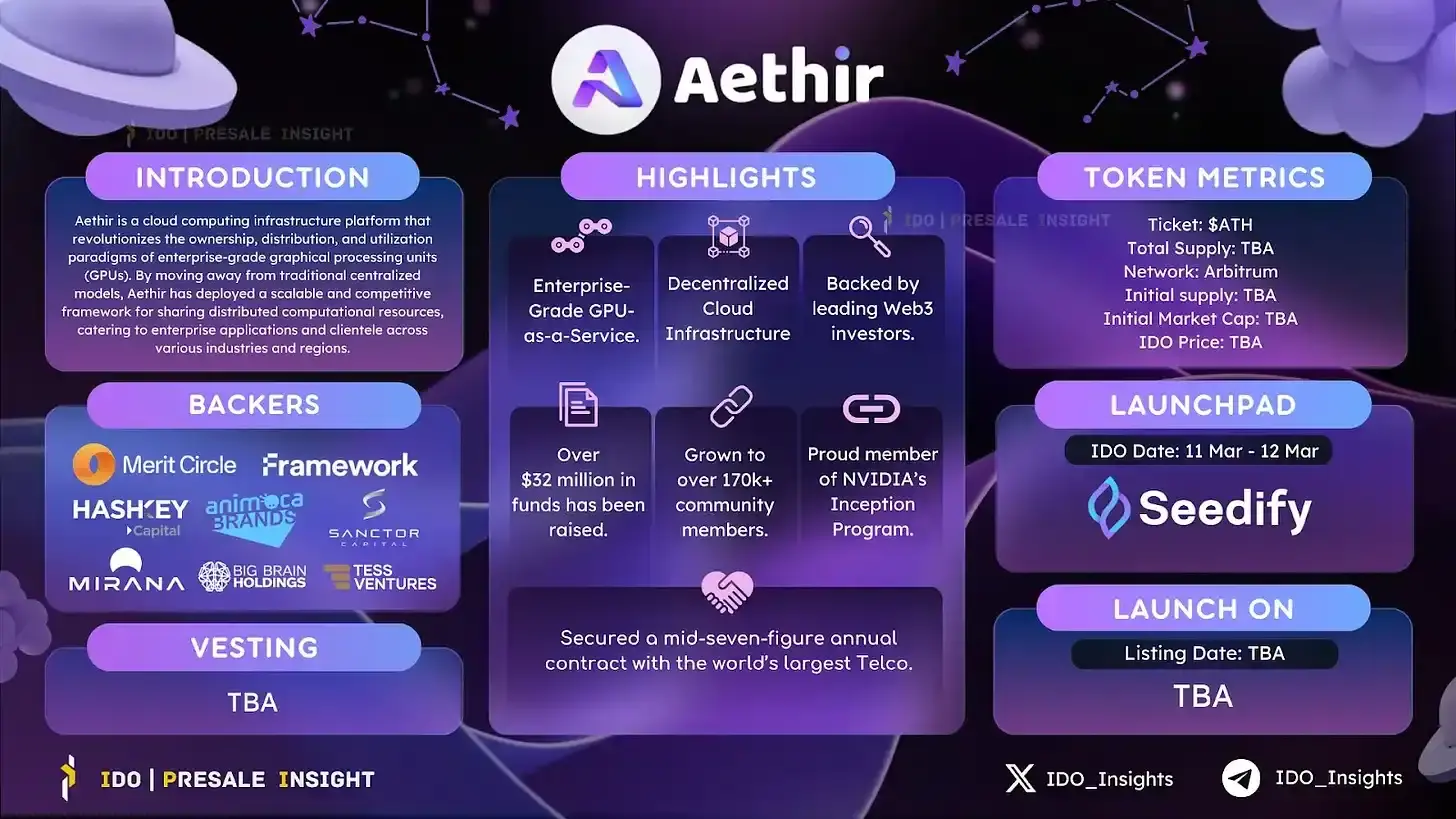
The Aethir network consists of three parts:
1. Containers
2. Checkers
3. Indexers
A brief description of these components is as follows:
1. Containers are virtual endpoints that perform and render the actual work. The workload of the local device is transferred to the container, providing users with a "zero-latency" experience
2. Checkers can be regarded as "referees" that supervise Containers to ensure the quality of service provided by the network
3. Indexes are a mechanism for matching appropriate Containers according to consumer requests, with the purpose of delivering services in the shortest possible time

Aethir Cloud acquired Maelstrom and Mirana Ventures and Animoca Brands, among other notable investors. They also raised a whopping $9 million in their latest Pre-Series Series A funding round at a $150 million valuation. Additionally, Aethir held a node sale event for its Checker node, raising over 26.8k ETH.
Grass is a layer 2 dataset that leverages web scraping nodes to obtain AI training data from different websites for builders to access. Grass has been getting a lot of attention recently as users are running Grass applications and becoming Grass nodes in anticipation of airdrops.
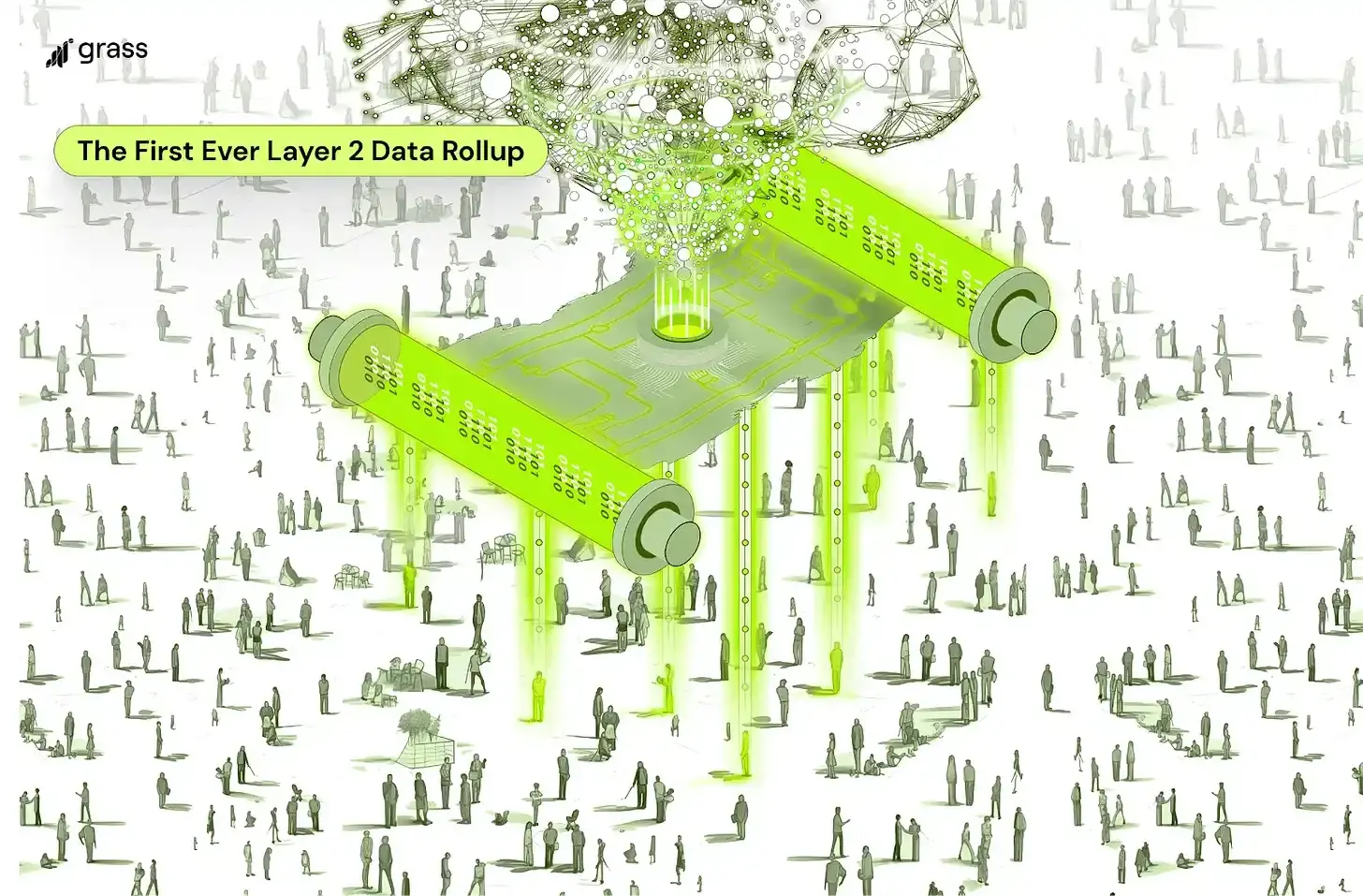
#The working mechanism of Grass is that devices around the world form a network of nodes that specialize in grabbing and processing network data. This data is then transformed into structured datasets for use in AI training.
The data and algorithms behind AI applications are often opaque, leaving users unable to understand how the AI model reaches its conclusions. This lack of data transparency can lead to AI models being accidentally or intentionally trained with wrong or biased data, and Grass can solve this problem.
How does Grass solve these problems? At this time, the second layer of data rollup technology is particularly important. Through this technology, all data captured by the Grass node will be recorded and the source website of the data will be verified. This metadata is then stored in the dataset, increasing confidence in the accuracy of the data. Given the huge throughput required to process such a large amount of data, L2 uses a ZK processor for batch verification of data.
The following is a detailed introduction to the Grass network architecture:

Grass is still running a points program for users running nodes and speculating on airdrops. Grass most recently raised $3.5 million in a seed round on December 20, led by prominent investors including Polychain Capital and Tribe Capital.
The above is the detailed content of This article takes stock of 5 DePIN projects that you should pay attention to in the near future. For more information, please follow other related articles on the PHP Chinese website!




